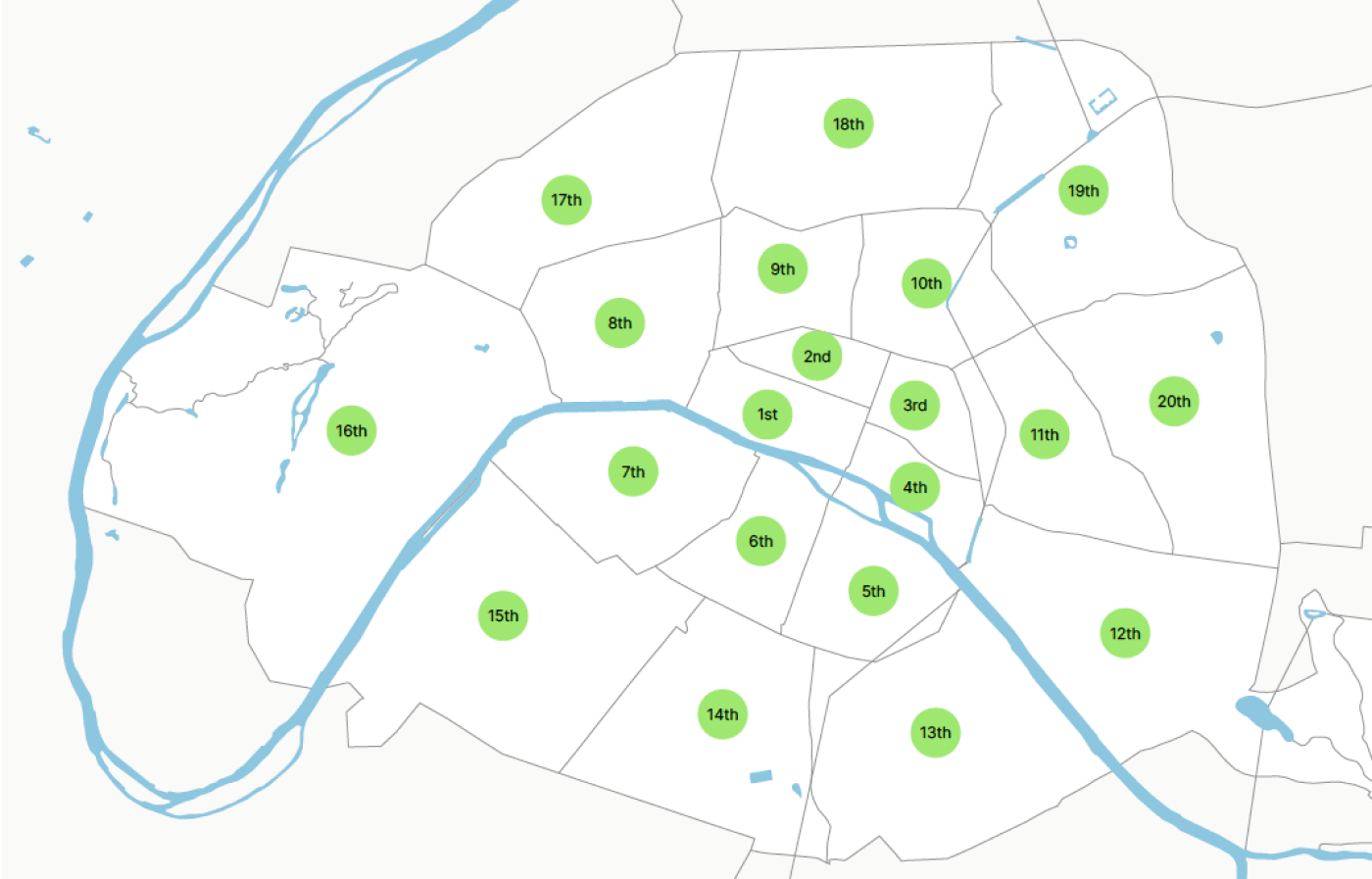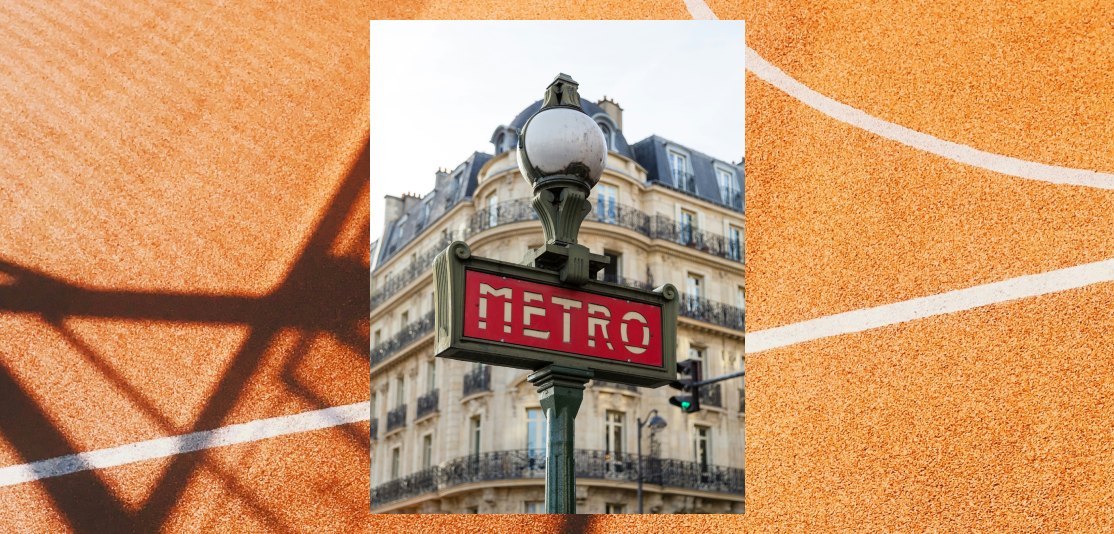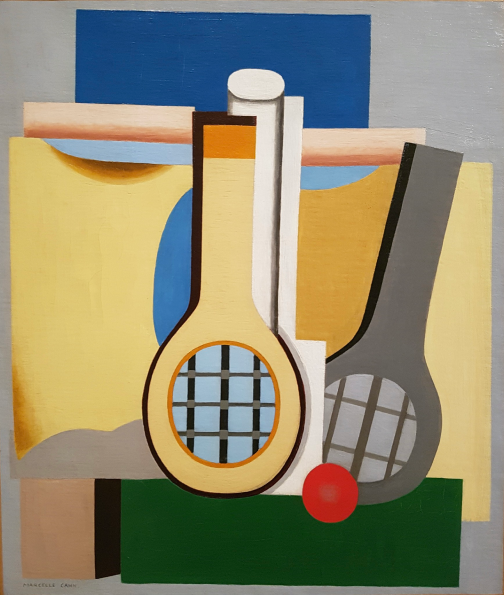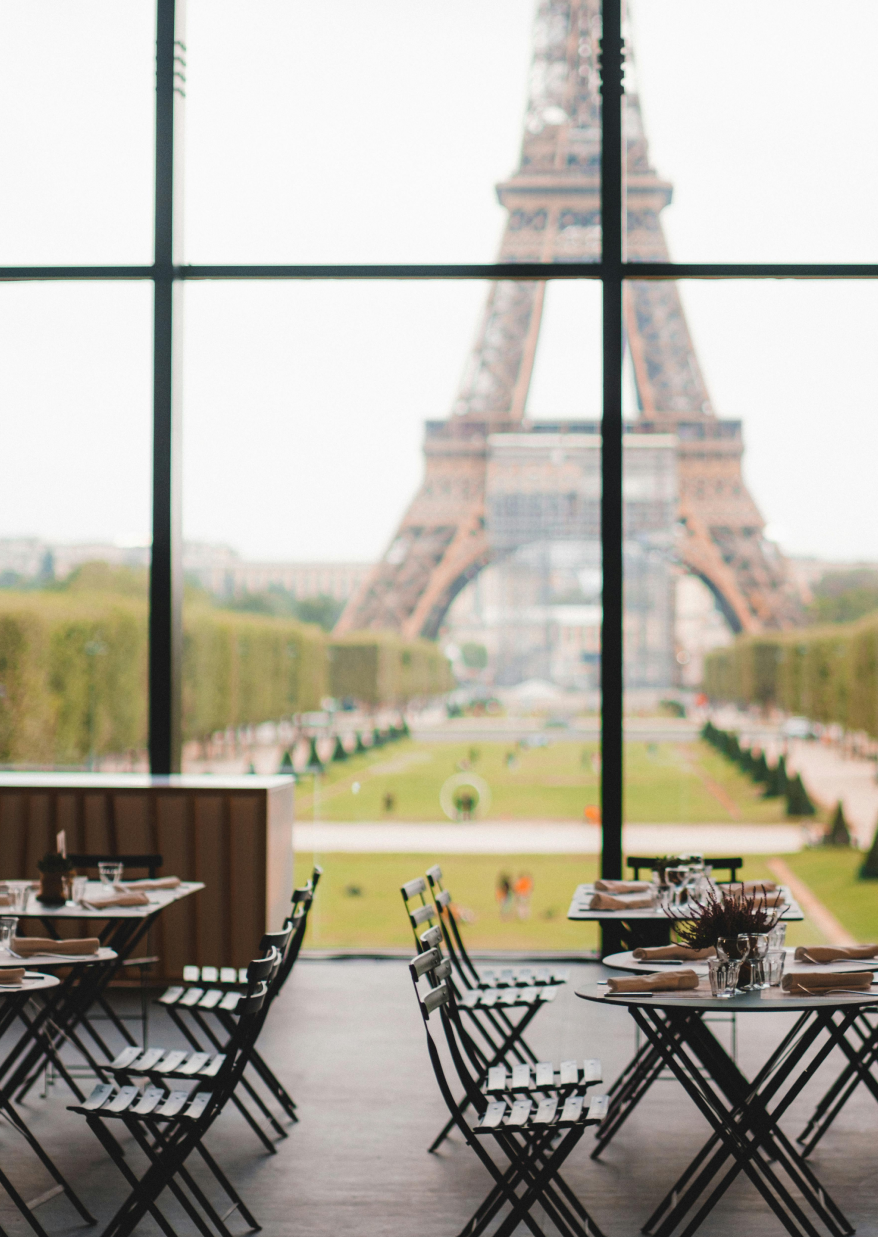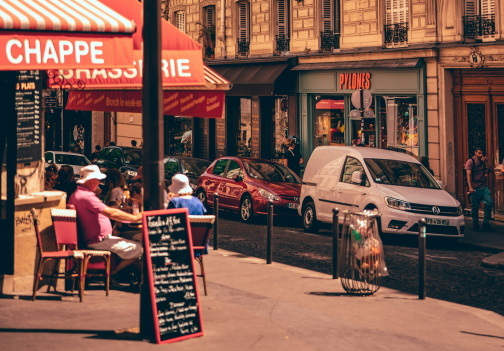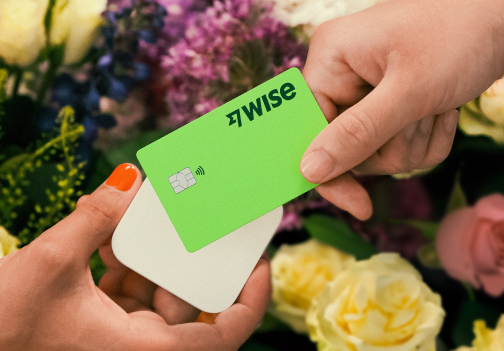Here are a few things to keep in mind to ensure you get an authentic Parisian dining experience.
When to eat
Parisians tend to go to the restaurant around 7-8pm — a little later than the typical dinner time in the US.
What to wear
People tend to dress casually for dinner, but casual in Paris isn’t quite mall-meal casual. Flip flops and joggers are a big no-no.
Keep it hush hush
During your trip to Paris, remember that loud voices are not the norm and try to be aware of your surroundings so that you don’t disturb other restaurant-goers.
Bread baskets? Yes please
Bread (not breadsticks) and tap water are often complimentary at restaurants in Paris, so you can start your meal off in the best way possible.
Smoking is allowed outside
Unlike in the US, smoking is permitted on the terrace outside of restaurants in France.
Be aware of dietary restrictions
If you have specific dietary requirements, always make sure to plan ahead and flag them to your waiter. For example there aren’t a lot of gluten free options in France, and when there are it’s not always specified upfront. For vegans, you may also want to scan some menus ahead of time to make sure there are options available for you. And as always, if you have allergies be sure to let your waiter know — unlike places in the US they won’t normally ask. 